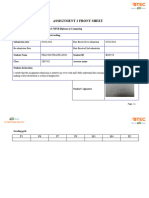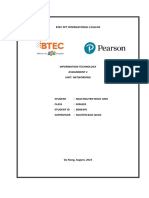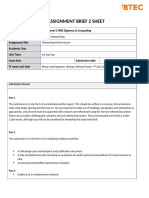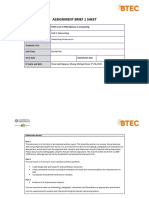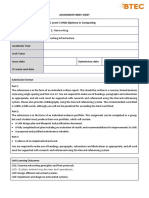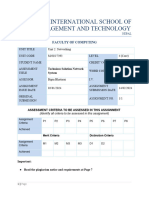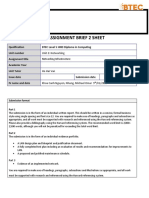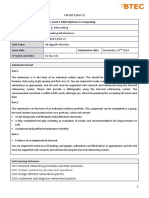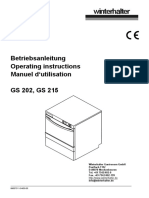0% found this document useful (0 votes)
150 views12 pagesDate Received 1st Submission Re-Submission Date Date Received 2nd Submission
The document provides details of an assignment to design a networked system including:
1. Requirements for the network design including cost, security, and management capabilities.
2. A logical design of the network based on user requirements including an IP addressing table.
3. Plans to test the network design and document results against expected outcomes.
Uploaded by
Can Khuong Duy (BTEC HN)Copyright
© © All Rights Reserved
We take content rights seriously. If you suspect this is your content, claim it here.
Available Formats
Download as DOCX, PDF, TXT or read online on Scribd
0% found this document useful (0 votes)
150 views12 pagesDate Received 1st Submission Re-Submission Date Date Received 2nd Submission
The document provides details of an assignment to design a networked system including:
1. Requirements for the network design including cost, security, and management capabilities.
2. A logical design of the network based on user requirements including an IP addressing table.
3. Plans to test the network design and document results against expected outcomes.
Uploaded by
Can Khuong Duy (BTEC HN)Copyright
© © All Rights Reserved
We take content rights seriously. If you suspect this is your content, claim it here.
Available Formats
Download as DOCX, PDF, TXT or read online on Scribd
/ 12


